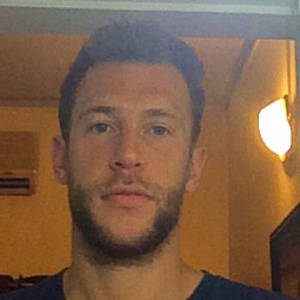Hippo pod
A rainy wet morning in Nairobi, but this did not dampen the attitude we had for wildlife watching. I had never visited Nairobi National Park despite having passed by it at least a dozen times. Gugs organised that we would meet a driver at 6am who would take us around the Park for the morning.
It was wildlife-rich and I was so surprised by the density of animals in an area so close to a mega-city, which would normally be affected by the sheer amount of human threats on all sides. The backdrop of skyscrapers, planes landing and Nairobi-Mombasa railway line elevated overhead added to the effect. The Park teems with ostrich, eland, hartebeest, buffalo, hippo, wildebeest, giraffe and gazelles. There are lion and both white and black rhino, all of which we saw. Gugs is particularly a bird aficionado and we made some good spots of coucal, the fascinating secretarybird and kori bustard (the male of which may be the largest animal able to fly).
One major downside of Kenya’s strict approach to wildlife protection is the heavy-handedness with which it treats those involved in wildlife crime, including a harsh policy on people poaching. Mozambique does not have what has previously been termed a ‘shoot to kill’ policy, referring to rangers being permitted to use arms on people who are caught in the act.
I’m glad I’m not working in a country that has endorsed this, as it’s a hideous policy and there are untold complex reasons that drive people to poach, leaving the poorest and most vulnerable to the risks of prosecution or worse. The goal would be to manage areas rich in wildlife that had public support and didn’t suppress people’s needs in favour of chasing tourist dollars. There are signs that in Kenya, which has a wealthy middle class of people who access conservation areas (which is not really the case in Mozambique), the public is pro protected areas. I asked a lifelong Nairobian about this afterwards and he confirmed that the National Park here is respected as a wildlife haven for the benefits it has brought to the city and country.
I delve into the complexities of this as people should understand the realities of how wildlife is kept at such concentrations in places like Kruger National Park and the Masai Mara despite human pressure. And that the system of managing dedicated areas for wildlife is based on a colonial model that originally sought to set land aside for white settlers to go sport hunting. These days the Kenyan government has wholeheartedly embraced wildlife tourism as a major revenue stream, but it has an ugly underbelly if it is directly opposed to very pressing human needs for space, food and other resources.
An afternoon of resting and chilling including lunch at Gugs’s uncle and aunt’s house. Nairobi is treating me kindly.

Comments
Sign in or get an account to comment.


